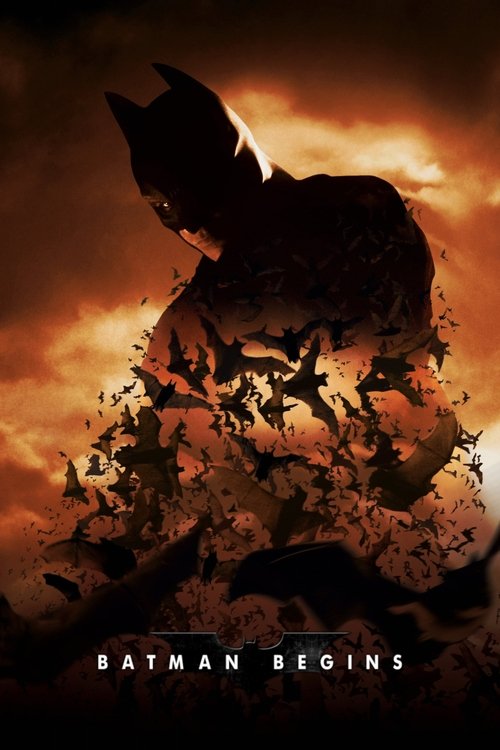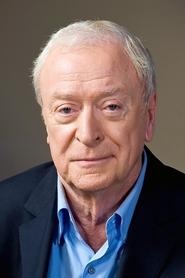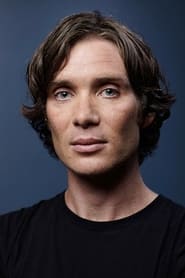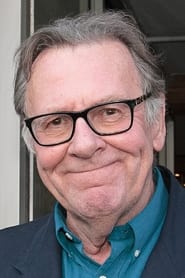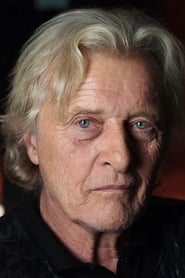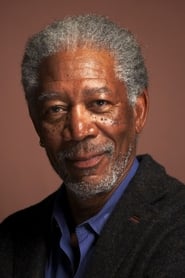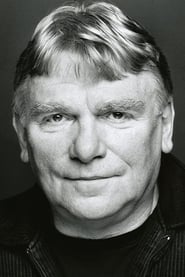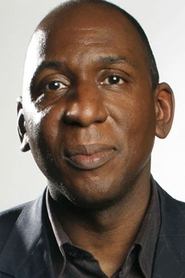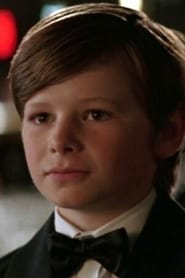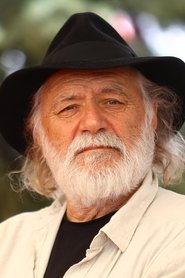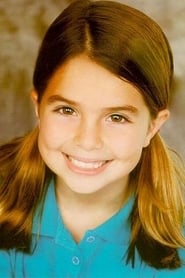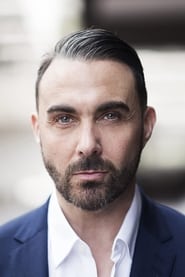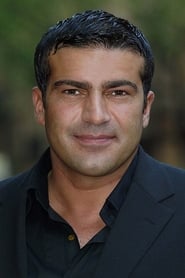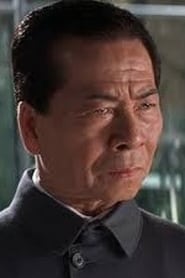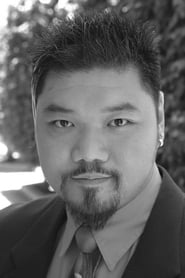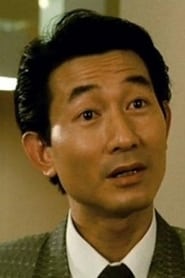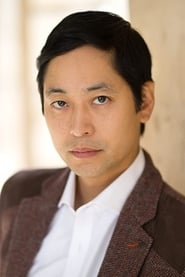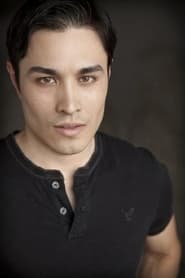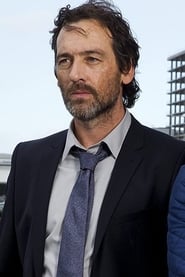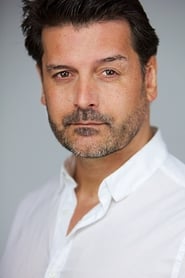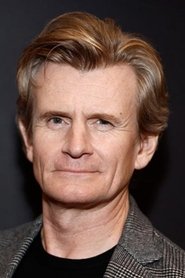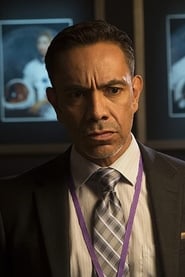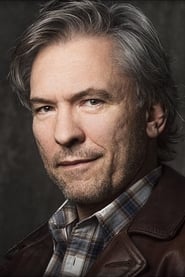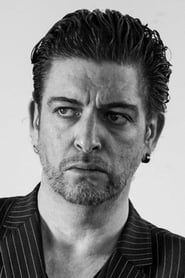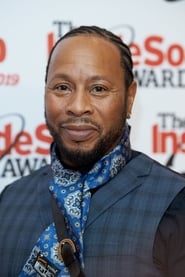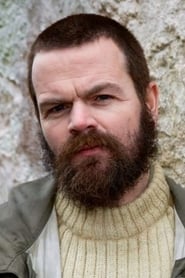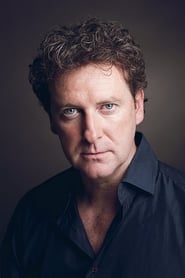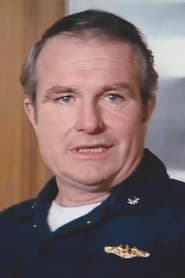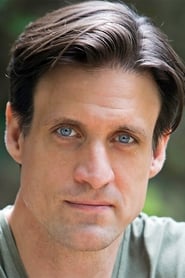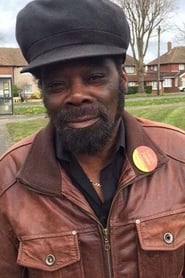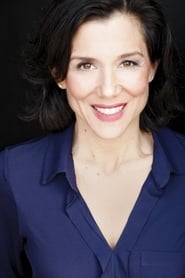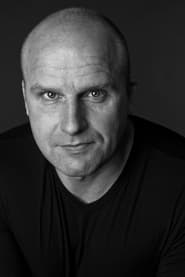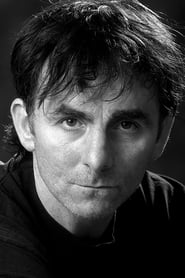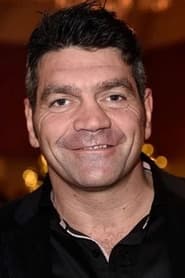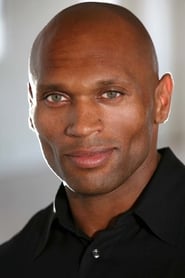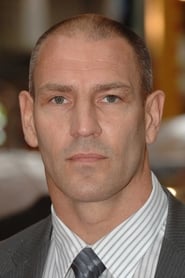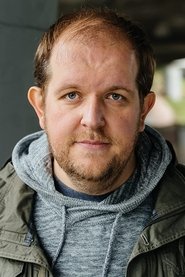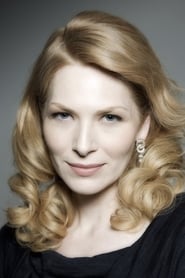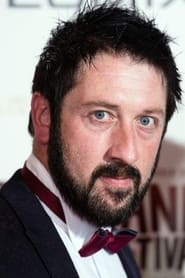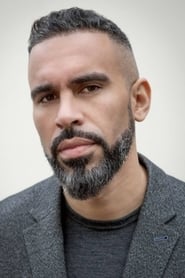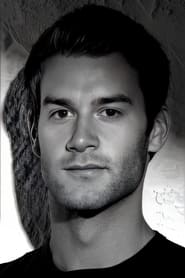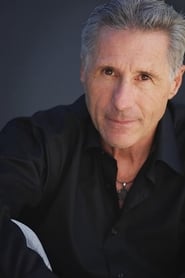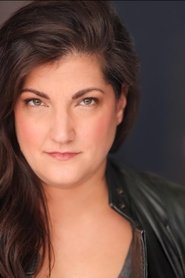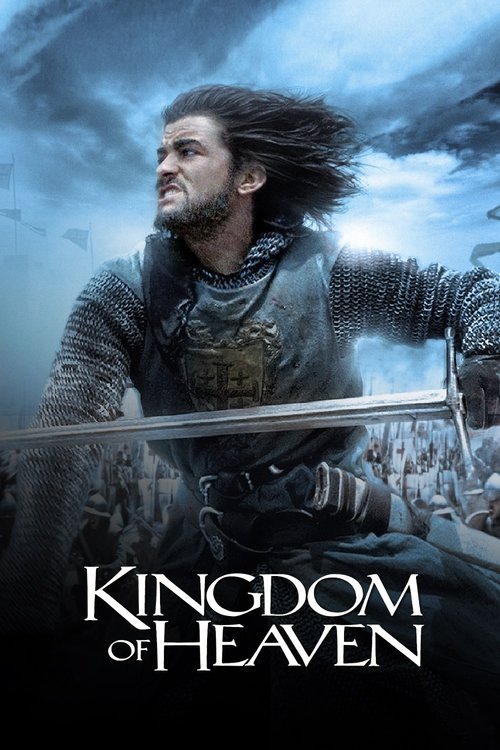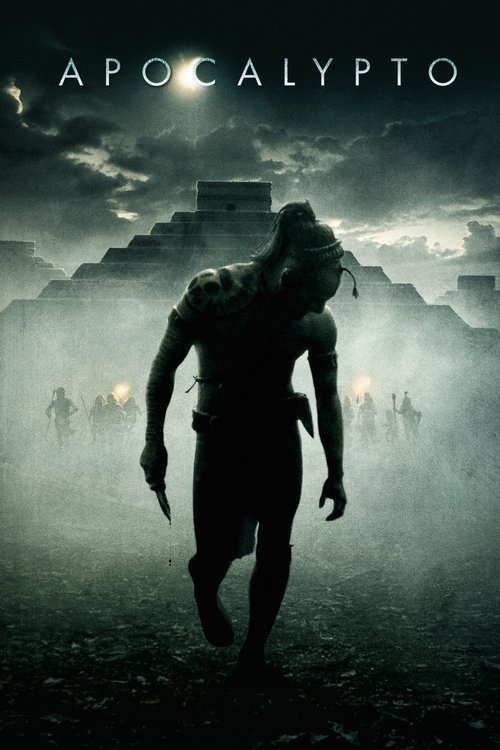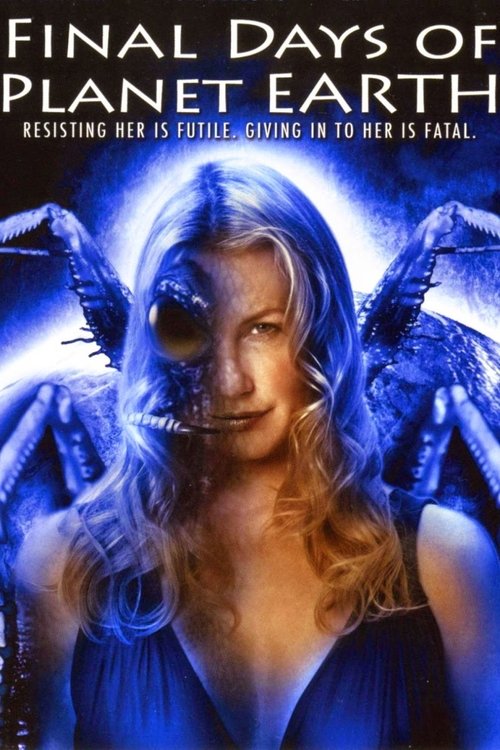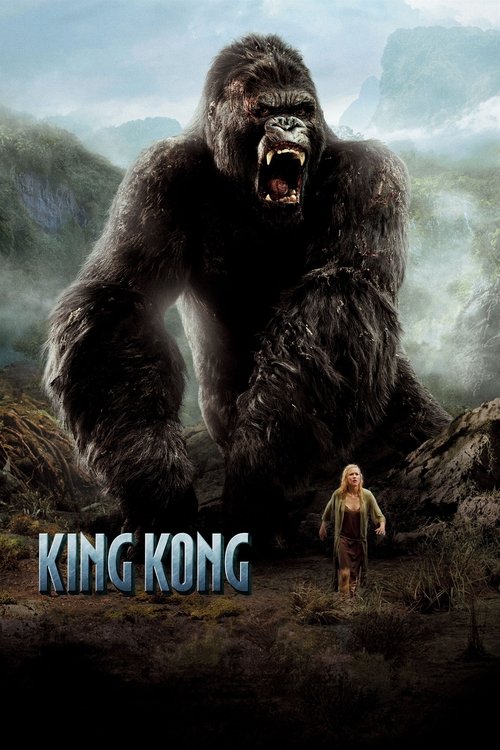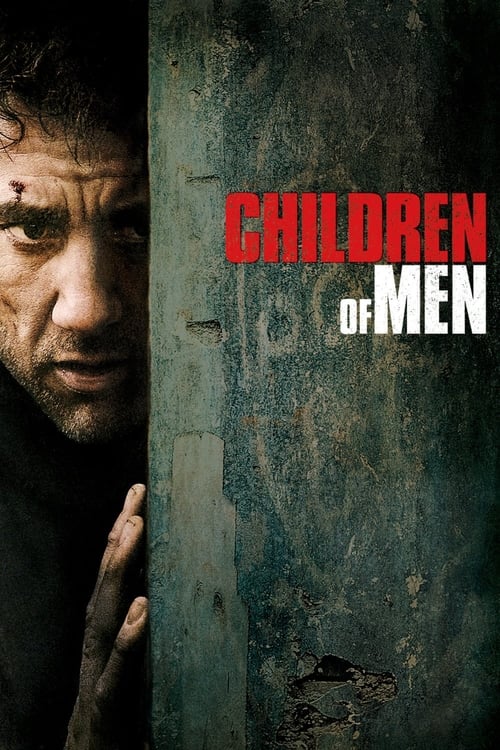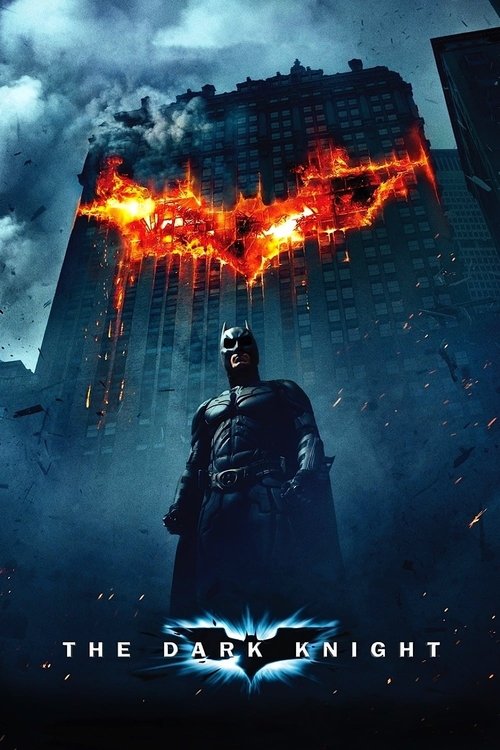
Ask Your Own Question
What is the plot?
The story of Batman Begins unfolds in the shadows of Gotham City, a metropolis choked by crime and corruption, where fear is both a weapon and a wound. The narrative begins not with triumph, but with trauma--a young boy's life shattered in a single, violent moment.
The Fall of the Waynes
On a chilly Gotham night, eight-year-old Bruce Wayne attends the opera with his parents, Thomas and Martha Wayne. The performers, dressed as bats, unsettle Bruce, stirring a deep-seated fear born from an earlier childhood accident--a fall into a well, where he was swarmed by bats and rescued by his father. Distraught, Bruce begs to leave early. As they exit into a dimly lit alley, a desperate mugger, Joe Chill, accosts them. Thomas, calm and protective, offers his wallet and jewelry, but when the mugger's gun wavers toward Martha, Thomas instinctively steps between them. The sudden movement startles Chill, who fires--killing Thomas instantly. Martha is also shot as she cries out for her husband. Bruce is left kneeling beside their lifeless bodies, his world forever fractured by the sound of gunshots and the sight of his mother's pearls scattering across the pavement.
The Long Road to Vengeance
Bruce is raised by the family's loyal butler, Alfred Pennyworth, but the pain of his parents' murder festers. Fourteen years later, Joe Chill is paroled after testifying against mob boss Carmine Falcone. Bruce, now a young man, waits outside the courthouse, intent on avenging his parents. But before he can act, an assassin--sent by Falcone--kills Chill. Bruce's childhood friend, Assistant District Attorney Rachel Dawes, confronts him, furious that he would take justice into his own hands. "Justice is about harmony," she tells him. "Revenge is about you making yourself feel better." Her words sting, but Bruce is undeterred. He seeks out Falcone, who mocks his naivety: "You always fear what you don't understand." Falcone's warning lingers--real power comes from fear, and Gotham is beyond saving by honest men.
Haunted and directionless, Bruce disappears for seven years, traveling the world, immersing himself in the criminal underworld, and learning the ways of those he seeks to fight. His journey takes him to a Bhutanese prison, where he is beaten and broken, yet refuses to submit. There, he is approached by Henri Ducard, a mysterious figure who offers him a path to true strength--membership in the League of Shadows, an ancient order dedicated to destroying corruption through extreme means.
The League of Shadows
Ducard leads Bruce on a grueling journey to a remote Himalayan fortress, where he meets the enigmatic Ra's al Ghul. The training is brutal, both physically and psychologically. Ducard forces Bruce to confront his deepest fears, especially his terror of bats. "To conquer fear, you must become fear," Ducard instructs. "You must bask in the fear of other men." Bruce masters his body and mind, learning to fight, to disappear, and to manipulate the fears of others. But when the League demands he execute a criminal to prove his commitment, Bruce refuses. He realizes the League's true purpose: to destroy Gotham, believing it irredeemably corrupt. Bruce rejects their nihilism, declaring, "I'm no executioner." In the ensuing battle, he sets the temple ablaze, escapes with the unconscious Ducard, and leaves Ra's al Ghul to perish in the flames--or so he believes.
Return to Gotham
Bruce returns to a Gotham even more decayed than when he left. The city is under the thumb of Carmine Falcone, its institutions rotted from within. Bruce's family company, Wayne Enterprises, is being mismanaged by the ruthless CEO, William Earle, who plans to take the company public, stripping Bruce of his birthright. In the company's Applied Sciences division, Bruce reconnects with Lucius Fox, a brilliant engineer and old friend of his father, now relegated to the basement. Fox provides Bruce with cutting-edge technology--a protective bodysuit, a grappling gun, and a heavily armored vehicle called the Tumbler, which will become the Batmobile.
Bruce adopts a public persona as a shallow, reckless playboy, hiding his true intentions. By night, he transforms the caves beneath Wayne Manor into a base of operations. Inspired by his childhood fear, he crafts the identity of Batman--a symbol to strike terror into the hearts of criminals. His first target is Falcone's drug operation. Intercepting a shipment, Batman interrogates Falcone, who mocks his theatrics. But Batman's presence begins to unnerve the underworld. Rachel, now a prosecutor, is both impressed and wary of this new vigilante. "You're not talking about justice," she tells Bruce. "You're talking about revenge." But Bruce insists, "Justice is the balance. You burned my house down, but I'm letting you go."
The Rise of the Scarecrow
Batman's investigation leads him to Dr. Jonathan Crane, a psychiatrist at Arkham Asylum, who is secretly supplying Falcone with a powerful hallucinogen--a fear toxin that induces paralyzing terror in its victims. Crane, who adopts the persona of the Scarecrow, uses the toxin to control both criminals and the city's officials. When Batman confronts Crane in the asylum, the doctor sprays him with the toxin, causing Bruce to hallucinate a monstrous bat creature. Barely escaping, Bruce is rescued by Alfred and given an antidote developed by Fox.
Meanwhile, Rachel's legal efforts to bring down Falcone are stymied by the city's corruption. She and Batman form an uneasy alliance, with Batman providing evidence to strengthen her case. But the police, led by the corrupt Commissioner Loeb, are determined to capture Batman, seeing him as a criminal rather than a savior. Only Sergeant James Gordon, one of the few honest cops in Gotham, recognizes Batman's potential to inspire hope.
The League's Revenge
Bruce's world is upended when Ducard reappears in Gotham, revealing himself as the true Ra's al Ghul--the man Bruce believed he had killed in the Himalayas was merely a decoy. Ra's explains that the League of Shadows has orchestrated Gotham's economic collapse, manipulating events to push the city to the brink. Their final plan: to release Crane's fear toxin into the city's water supply, then vaporize it with a stolen Wayne Enterprises microwave emitter, driving the population into madness and chaos. "Gotham's time has come," Ra's declares. "Like Constantinople or Rome, it is beyond saving and must be allowed to die."
Batman races to stop the plan. He rescues Rachel from Crane, who has been dosing asylum inmates with the toxin, and leaves the doctor to the mercy of his own terrified victims. Batman then confronts Ra's al Ghul aboard a runaway train carrying the microwave emitter. As the train hurtles toward Wayne Tower--the device's target--Batman battles Ra's in a brutal, claustrophobic duel. Outside, Gordon commandeers the Batmobile and destroys a section of the elevated track, preventing the train from reaching its destination. In the final moments, Batman tells Ra's, "I won't kill you, but I don't have to save you." He escapes as the train derails and explodes, killing Ra's al Ghul in a fiery cataclysm.
Aftermath and New Beginnings
Gotham is saved, but the scars remain. The city's corruption is exposed, and the honest begin to regain control. Bruce fires Earle and installs Lucius Fox as the new CEO of Wayne Enterprises. Gordon is promoted to lieutenant and reveals a new threat--a criminal who leaves a Joker playing card at his crime scenes. "I'll look into it," Batman says, vanishing into the night as the Bat-Signal flares overhead, a promise of vigilance and hope.
Rachel learns Bruce's secret but tells him, "When Gotham no longer needs Batman, maybe we can be together." Their relationship remains unresolved, a sacrifice for the city's sake. Bruce, now fully embracing his dual identity, understands that his war is only beginning. The film ends without post-credits, but the appearance of the Joker's card signals the dawn of a new, even darker chapter for Gotham.
Epilogue: The Birth of a Legend
Batman Begins is not just the story of a man becoming a hero, but of a city's soul hanging in the balance. Every death, every betrayal, every moment of fear and courage is woven into the fabric of Gotham's rebirth. Thomas and Martha Wayne die at the hands of a desperate mugger, their murders setting Bruce on a path of vengeance and, ultimately, redemption. Ra's al Ghul dies by his own hubris, consumed by the fire he sought to unleash upon Gotham. The city is saved, but the cost is high--Bruce's chance at a normal life, the trust of those he loves, and the knowledge that the battle is never truly over.
The film's final image--Gordon holding the Joker's card, Batman disappearing into the shadows--is a promise and a warning. The night is darkest just before the dawn, but for Batman, the dawn may never come. Gotham's protector has arrived, but so too have its greatest enemies. The legend of the Dark Knight has begun.
What is the ending?
At the end of "Batman Begins," Bruce Wayne fully embraces his role as Batman, confronting Ra's al Ghul and the League of Shadows. After a climactic battle in Gotham, Bruce saves the city from destruction and begins his mission to fight crime. He also establishes a partnership with Lieutenant Jim Gordon, who is now aware of Batman's existence.
As the film nears its conclusion, the tension escalates in Gotham City. The League of Shadows, led by Ra's al Ghul, has set their plan into motion to destroy the city using a device that will vaporize the water supply, releasing a hallucinogenic toxin into the air. Bruce Wayne, now fully transformed into Batman, races against time to thwart this catastrophic plan.
In a dimly lit train station, Batman confronts Ra's al Ghul, who is determined to fulfill his mission of cleansing Gotham. The atmosphere is thick with urgency as the two engage in a fierce battle. Batman, utilizing his training and gadgets, fights valiantly against Ra's and his henchmen. The stakes are high, and the fate of Gotham hangs in the balance.
As the fight intensifies, Batman manages to subdue Ra's al Ghul, but the villain remains resolute in his belief that Gotham must be destroyed. In a pivotal moment, Ra's al Ghul attempts to activate the train that will carry the device to its target. Batman, however, has a plan of his own. He uses his skills to derail the train, preventing it from reaching the city center.
In a dramatic scene, Batman confronts Ra's al Ghul one last time on the train. Ra's, still confident in his mission, tells Batman that he cannot save Gotham. Batman, embodying his newfound purpose, responds with determination, stating that he will not let Gotham fall. As the train hurtles towards its destination, Batman makes the difficult decision to leave Ra's al Ghul behind, knowing that he must prioritize the safety of the city.
The train crashes, and the explosion lights up the night sky, symbolizing the end of Ra's al Ghul's threat. Batman stands on a rooftop, overlooking Gotham, a city that he has vowed to protect. The camera pans out, showcasing the skyline, now safe from destruction.
In the aftermath, Bruce Wayne meets with Lieutenant Jim Gordon, who has been a steadfast ally throughout the chaos. Gordon, now aware of Batman's true identity, expresses his gratitude and acknowledges the need for Batman in Gotham. They share a moment of understanding, solidifying their partnership in the fight against crime.
As the film concludes, Bruce Wayne reflects on his journey. He has transformed from a man driven by vengeance into a symbol of hope for Gotham. The final scenes depict him donning the Batman suit, ready to face the challenges ahead. The city, once shrouded in darkness, now has a guardian watching over it, embodying the spirit of resilience and justice. The screen fades to black, leaving the audience with a sense of anticipation for the battles yet to come.
Is there a post-credit scene?
Batman Begins does not have a post-credit scene. The film concludes with a focus on Bruce Wayne's transformation into Batman and the establishment of his mission to fight crime in Gotham City. The final moments emphasize his resolve and the beginning of his journey as a vigilante, setting the stage for future developments in the franchise without any additional scenes after the credits.
What motivates Bruce Wayne to become Batman?
Bruce Wayne is motivated to become Batman after witnessing the murder of his parents, Thomas and Martha Wayne, when he was a child. This traumatic event instills in him a deep desire for justice and a commitment to fight crime in Gotham City.
How does Bruce Wayne train to become Batman?
Bruce Wayne trains to become Batman by traveling the world to learn various skills. He trains with the League of Shadows, where he learns martial arts, stealth, and the philosophy of fear. He also undergoes rigorous physical training to prepare himself for the challenges he will face as a vigilante.
What role does Ra's al Ghul play in the story?
Ra's al Ghul is the main antagonist in 'Batman Begins.' He is the leader of the League of Shadows and seeks to destroy Gotham City, believing it to be beyond saving. He attempts to recruit Bruce Wayne to his cause, but ultimately becomes a formidable foe when Bruce rejects his ideology.
How does the character of Alfred support Bruce Wayne?
Alfred Pennyworth, Bruce Wayne's loyal butler, provides emotional support and guidance throughout Bruce's journey to become Batman. He helps Bruce with his training, offers wisdom, and assists in the development of the Batcave and the Batmobile, while also expressing concern for Bruce's safety and well-being.
What is the significance of the Bat symbol in the film?
The Bat symbol becomes a significant emblem of fear and hope in 'Batman Begins.' Bruce Wayne adopts the symbol as a representation of his alter ego, Batman, intending to strike fear into the hearts of criminals. It also serves as a rallying point for the citizens of Gotham, symbolizing their fight against corruption and crime.
Is this family friendly?
In "Batman Begins," there are several scenes that may be considered potentially objectionable or upsetting for children or sensitive viewers.
-
Murder of Thomas and Martha Wayne: The film opens with a flashback to the childhood of Bruce Wayne, where he witnesses the violent murder of his parents in a dark alley. This scene is intense and may be distressing due to its depiction of violence and loss.
-
Fear and Trauma: Bruce Wayne's experiences with fear are central to the story. There are scenes depicting his childhood fears, including a traumatic encounter with bats, which could be unsettling for viewers with similar fears.
-
Prison Scenes: Bruce spends time in a prison where he faces harsh conditions and encounters violent inmates. The atmosphere is grim, and there are moments of physical confrontation that may be disturbing.
-
Violence and Combat: As Bruce trains to become Batman, there are numerous fight scenes that involve hand-to-hand combat, weapon use, and some bloodshed. While not excessively graphic, the action can be intense and may be frightening for younger viewers.
-
Psychological Manipulation: The film explores themes of fear and psychological manipulation, particularly through the character of Ra's al Ghul, who uses fear as a weapon. This may be unsettling for some viewers, especially in the context of the broader themes of the film.
-
Destruction and Chaos: There are scenes depicting large-scale destruction, including a train crash and the use of fear toxins that cause chaos in Gotham City. The imagery of destruction and panic may be distressing.
-
Moral Ambiguity: The film delves into darker themes, including vengeance and justice, which may be complex for younger audiences to understand fully.
These elements contribute to the film's darker tone and may not be suitable for all children or sensitive viewers.

